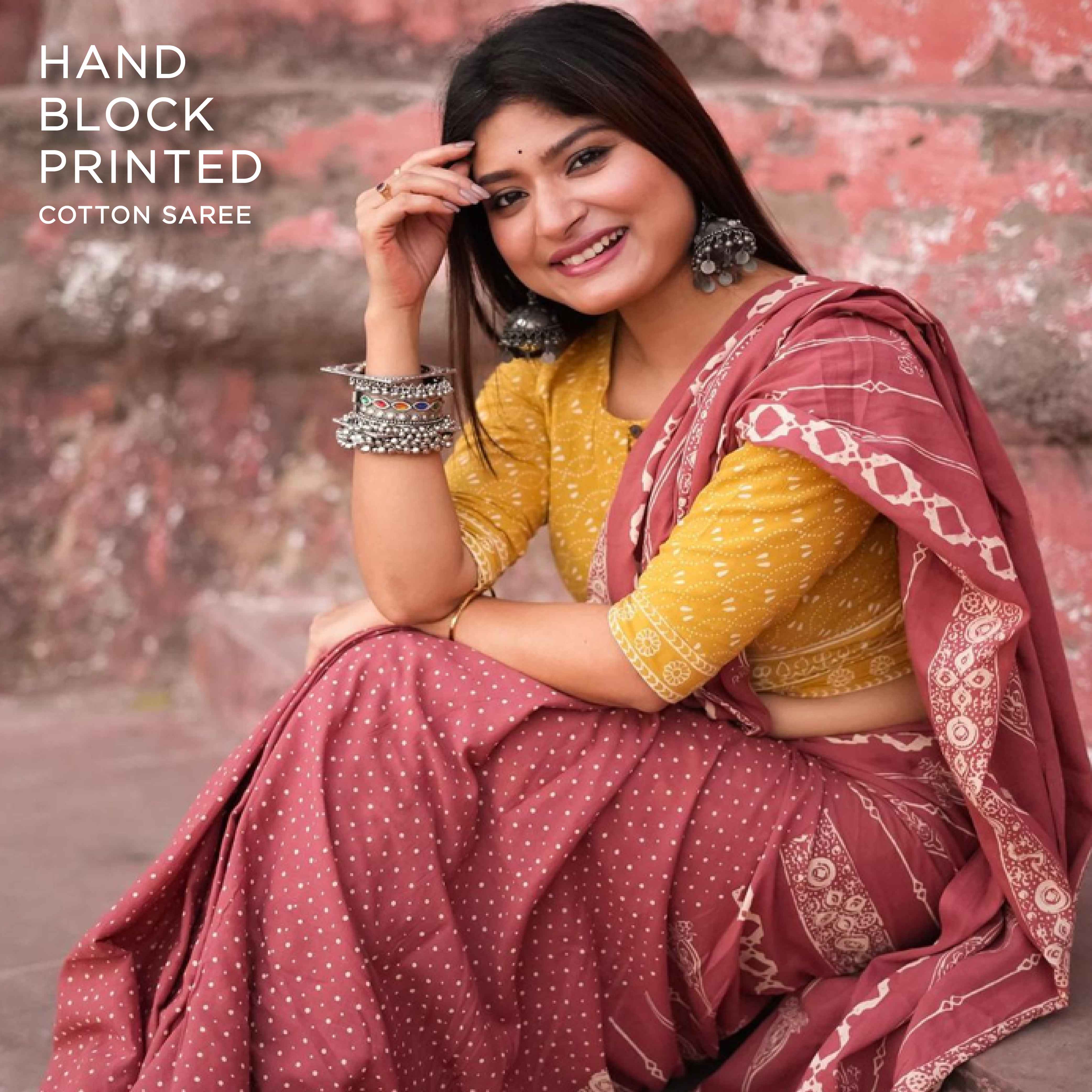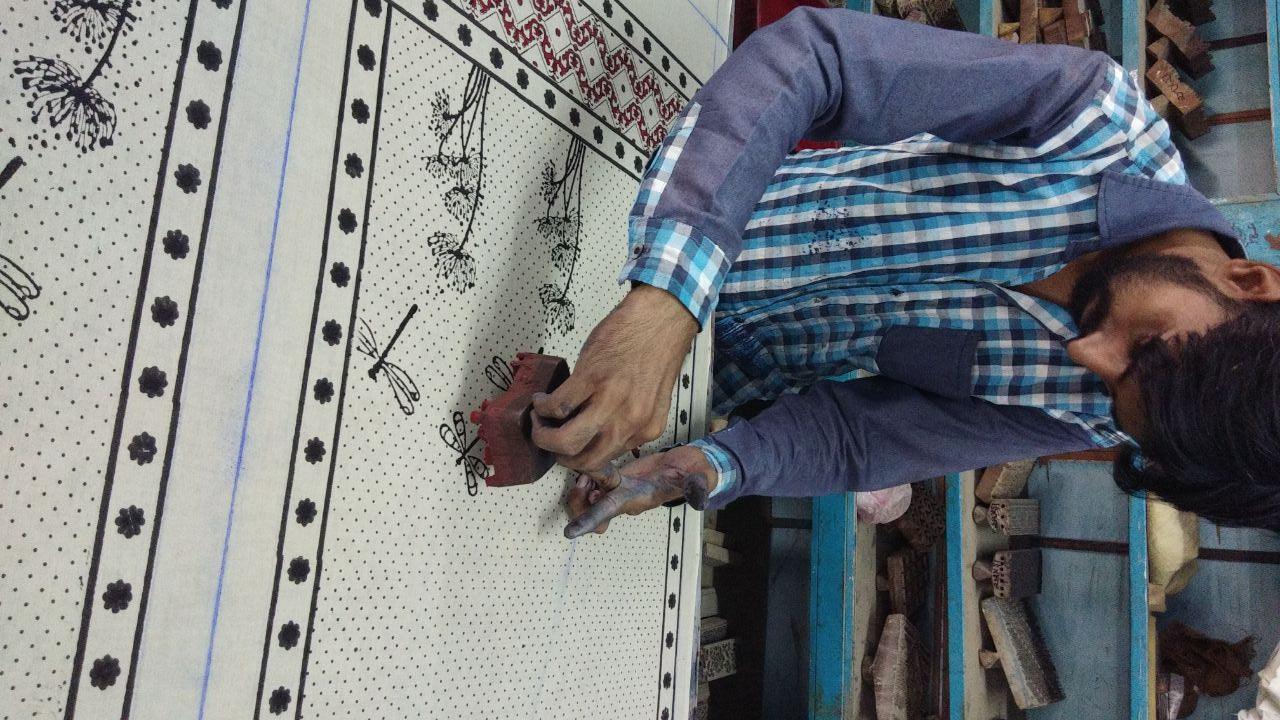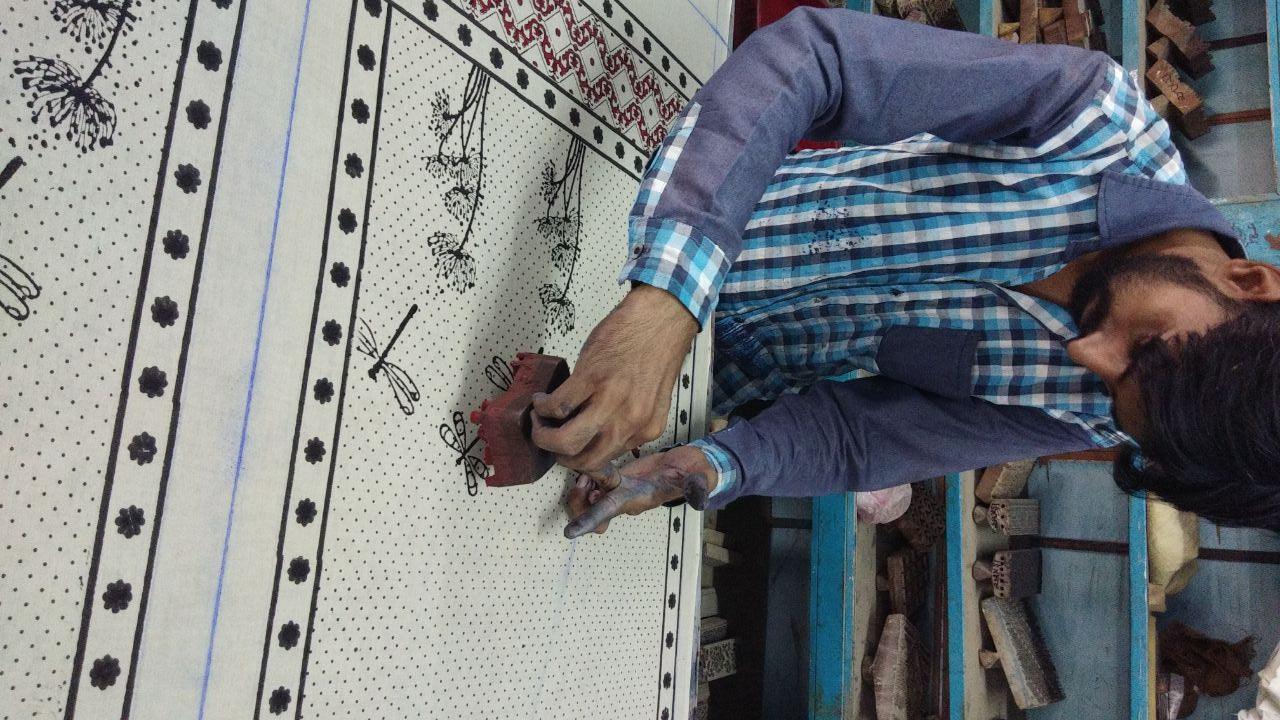The Historical Weaves of Zari
Walking down the lanes of the past, it was the year 1903. To celebrate the wedding and Coronation of King Edward VII and Queen Alexandra at the second Delhi Durbar, Lady Curzon’s wore the famous Peacock dress. The gown was assembled from the pannels of chiffon with the embroidery and embellishment of gold and silver threads done by the karigars of Delhi and Agra. The peacock dress is preserved, together with the Logsdail portrait, at Kedleston Hall.



From that time the zari was glorifying the pride of India’s hand-weaving legacy. The method of using precious metals like gold and silver was been practiced in the land for centuries. Zari threads are used for weaving as well as embroidery. The dull zari thread is named Kora while the shiner one is known as chikna. The embroidery work done by these zari threads is so precise and beautiful that it enriches the look and feel of the fabric. Giving it an opulent, modish, and royal feel.
Nowadays the zari embroidery has been revolutionized by metallic threads, which have replaced the traditional silver and gold threads. These metallic threads are usually prepared by wrapping metallic yarn on basic cotton threads. The metallic thread embroidery leaves the fabric with a uniform, stable, and even design. Also, it doesn’t rust as the traditional gold and silver threads.
The primary colors used in zari embroidery are gold and silver. Though now it has modernized to opt for many hues from the palette. They are now available in many colors apart from the basic ones and still, give the same royal touch. This modern outlook of metallic thread work is making it economically available for everyone. Zari work is usually done in Lucknow, Bhopal, Hyderabad, Delhi, Agra, Kashmir, Mumbai, Ajmer, and Chennai.
Mughal Imprints
Zari prose has engraved in the past of India through the routes of royalty. Most of the kings and queens have their royal clothing being adore by the luxurious touch of gold and silver threads. Zari was introduced in India by Persian migrants around 1700-1100. The art saws its peak in the kingdom of Akbar. When Aurangzeb took the powers, the craft decline due to the economic conditions and lack of raw materials. After independence, the government took major steps and actions to promote the craft of Zari embroidery.

The Making
Zari threads or Metallic Zari threads are made by twisting flattened metallic strip. The strip ideally can be of silver, gold, or just basic metal. Then these zari are wrapped around the base yarn made usually of silk. After that, the luster of the thread is increased by passing it through a brightener. Then these modish zari threads are used for weaving or for intricate embroidery work.

Zari Embroidery
There are many forms of Zari embroidery. The most famous ones are:

1- Zardozi: In this particular process the zari work uses beads, gota , sequence, and pearls along with the embroidery. It is usually done on the base of velvet, silk, or satin

2-Mukaish, Kamdani, or Badla- Essentially a metalwork technique done on clothing material using “baadla taar”- a flattened metallic wire which is pierced through the fabric using a needle. The movement of the threaded needle is guided by a variety of stitches to form beautiful designs and patterns.

Zari Weaving
Zari weaved fabrics are usually done to prepare a royal range of sarees. The handloom weaving is done with a lot of patience, creativity, and details.
Zari yarns are an integral part of the weaving process. The weaving starts with the winding of yarn onto a warp beam. Then the Zari yarns are withdrawn from the wooden beam to the loom through the process called warping. The process proceeds with the wrapping of zari thread, which involves in joining of the gold zari thread with the silk thread through twisting. The silk hank is spread wide onto a wooden stand on the loom and the weaver starts weaving the threads together. Weaving a saree from start to finish sometimes takes three to four weeks.

The Melting Moon
Weaving the royal patronage of zardozi work with linen, Chidiyaa presents you with a harmony of colors, texture, and beauty with its new collection "The Melting Moon". This cluster of hand-weaved drapes synonym the Mughal and Persian influence on our traditional artistry. The Melting Moon is a timeless representation of urbane silhouettes, quirky shades, and zari highlighting bound together in a six-yard saree. Scroll down to check out the beautiful cluster of “The Melting Moon”
Sahar
Gleam at a brighter future, while being in the hope for a better and brighter tomorrow. sahar, a beautiful morning, is an ode to happier and new beginnings. New beginnings that shower us with flowers of hope, dreams and the feeling of being loved and for a better tomorrow. With sahar, we bring to, you handwoven cotton zari sarees and silk mashru blouses, which inspires us to cherish simple pleasures while feeling alive every moment.









